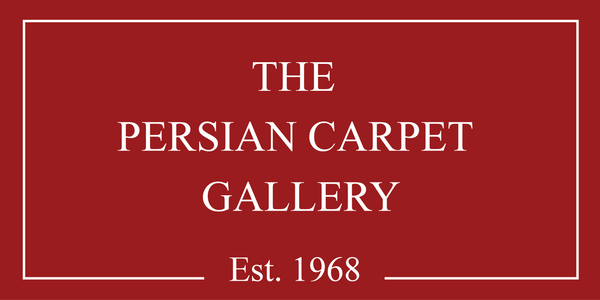Silk Floral Safavid Carpet at the Österreichisches Museum für Angewandte Kunst (MAK), Vienna
Silk Floral Carpet at the Österreichisches Museum für Angewandte Kunst (MAK), Vienna
A Masterpiece of Persian Carpet Weaving from the 17th Century
Among the most exquisite examples of Persian carpet artistry, the Silk Floral Carpet housed in the Österreichisches Museum für Angewandte Kunst (MAK) in Vienna is a testament to the rich weaving traditions of Central Persia. Dating back to the first half of the 17th century, this luxurious silk carpet is a masterpiece of Safavid-era craftsmanship, showcasing intricate designs, exceptional knot density, and the use of precious materials such as silver and gold threads.
Carpet Specifications & Craftsmanship
- Origin: Central Persia (most likely Kashan, with possible influences from Isfahan or Joshagan)
- Dimensions: 200 x 135 cm (79 x 53 inches)
- Knot Type: Persian knot (asymmetrical)
-
Density:
- 266,800 knots per square meter (172 knots per square inch)
- 58 knots per 10 cm across
- 46 knots per 10 cm lengthwise
-
Materials:
- Warp: Unbleached cotton
- Weft: Light brown and rosy pink cotton
- Pile: Silk, enriched with silver and gold threads
A Stunning Example of 'Polonaise' Carpets
This Polonaise carpet, believed to have originated from Kashan, exemplifies the opulence and artistic sophistication of 17th-century Persian weaving traditions. The design features an elongated central medallion, beautifully framed by intricate arabesques, palmettes, and cloud-band motifs. The field is adorned with delicate floral patterns, large decorative palmettes, and swirling vine work, reflecting the exquisite detail and symmetry characteristic of Safavid-era carpets.
The wide border is equally impressive, with an undulating floral band interwoven with large and small blossoms, harmoniously complementing the central design. The use of luxurious silk, gold, and silver in the weaving process gives the carpet a radiant glow, further enhancing its visual appeal.
The Significance of Polonaise Carpets
'Polonaise' carpets, named after their historical association with Polish nobility, were highly prized by European aristocrats and royal courts during the 16th and 17th centuries. These carpets were often commissioned as diplomatic gifts and showcased in palaces and museums across the world. The Vienna MAK Museum houses some of the finest examples of Polonaise silk carpets, making this piece a significant cultural artifact.
A Timeless Treasure of Persian Artistry
The Silk Floral Carpet at the MAK Museum in Vienna stands as an enduring symbol of Persian craftsmanship and artistic excellence. Its intricate design, remarkable knot density, and luxurious materials make it a rare and valuable treasure in the world of antique Persian carpets. For collectors, historians, and carpet enthusiasts, this masterpiece offers a fascinating glimpse into the opulent textile heritage of Safavid Persia.

